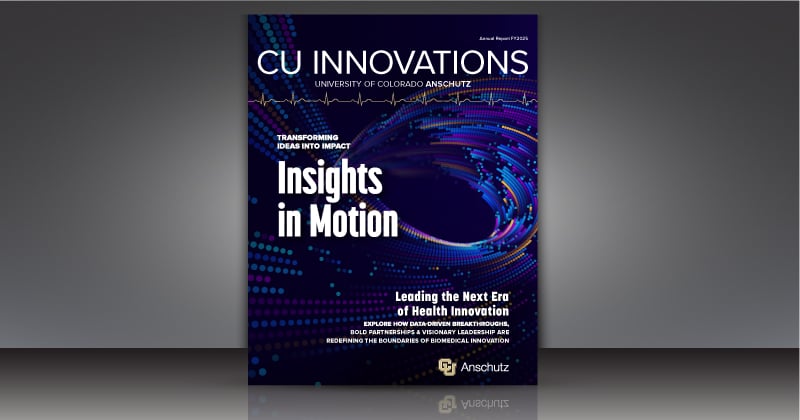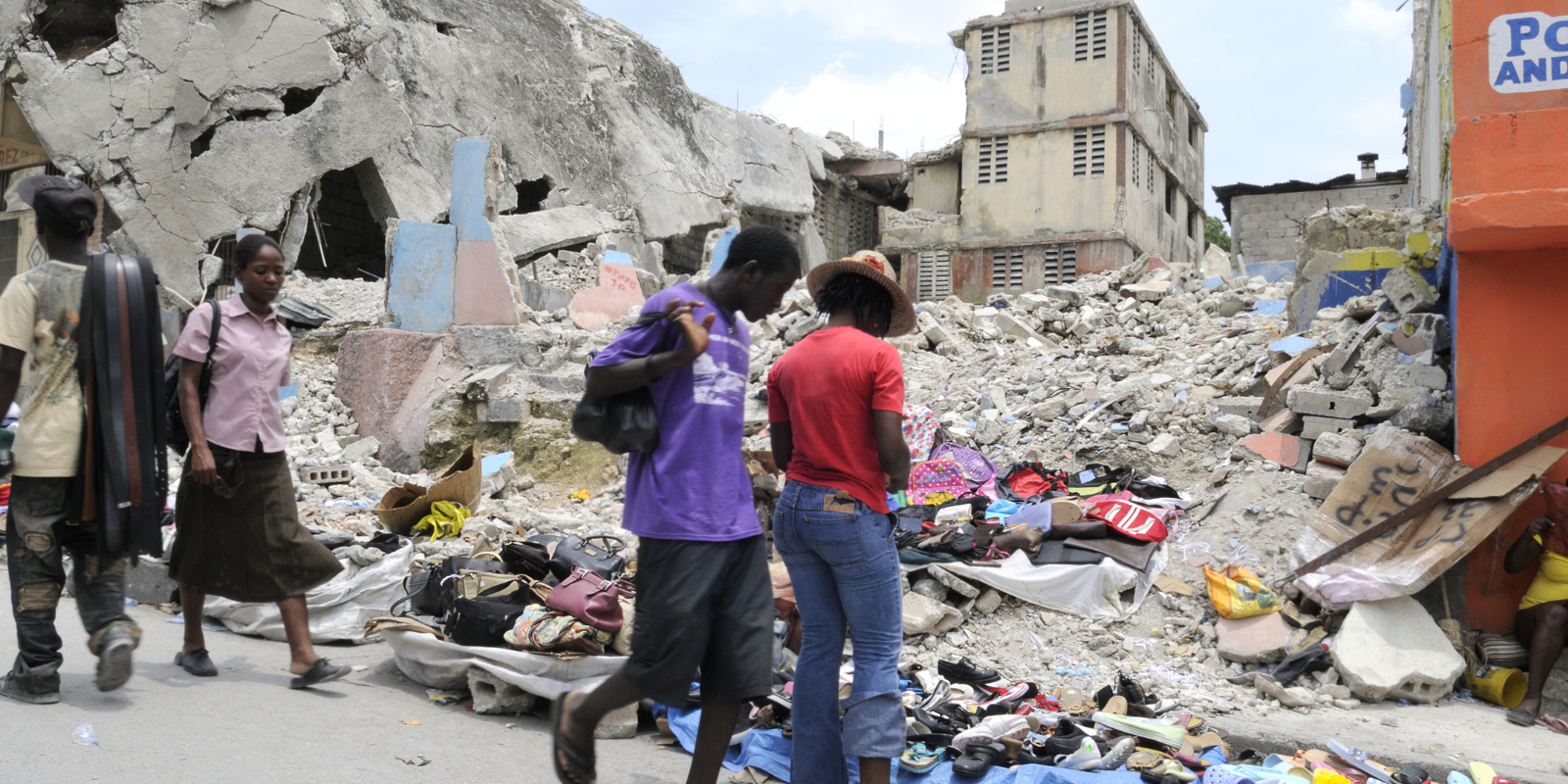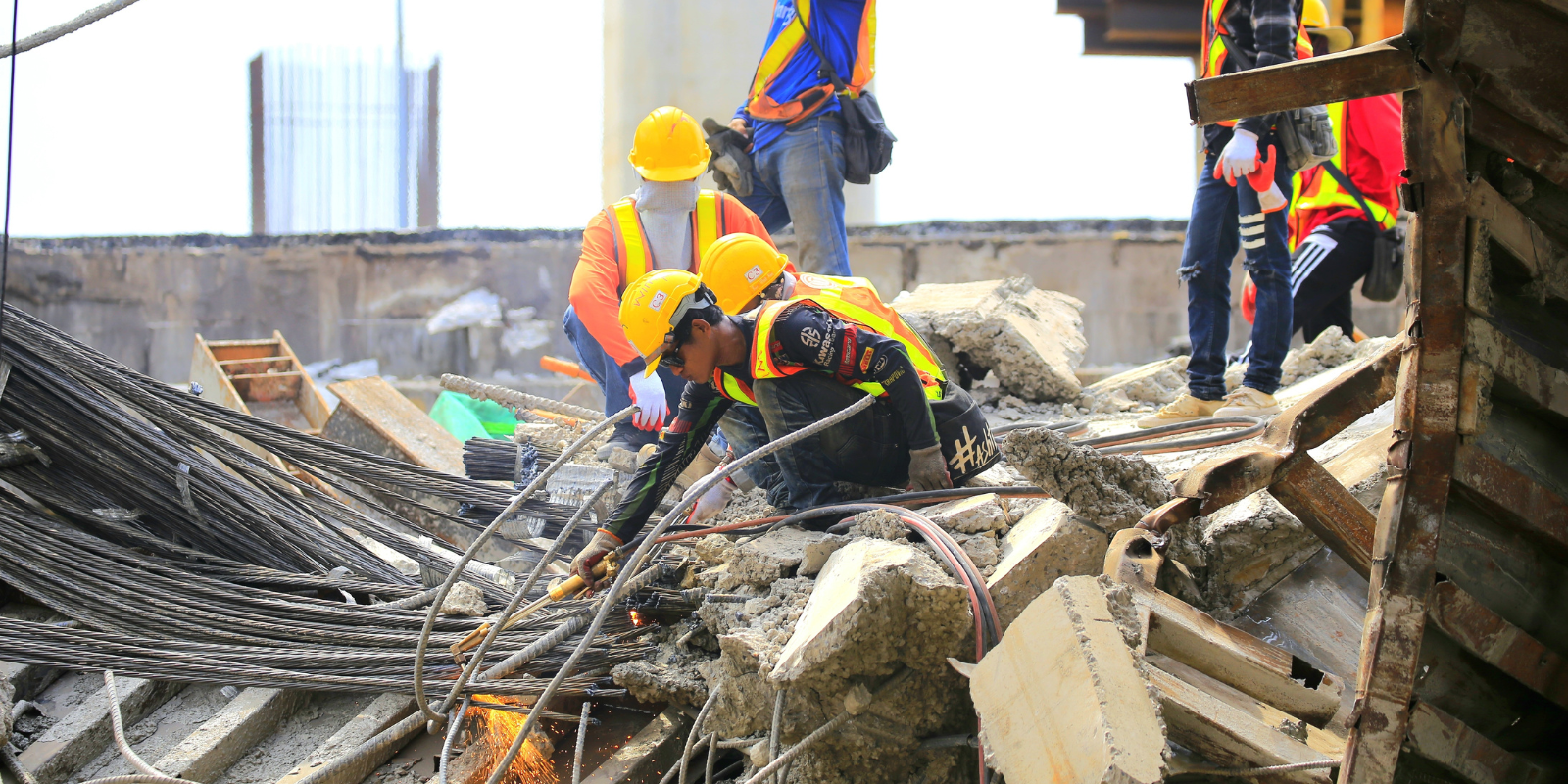With signs of a retreating omicron surge, should people who escaped the pandemic’s most transmissible variant throw a party – with infected guests?
That was one of many questions raised during “A Conversation on COVID-19 with the University of Colorado Anschutz Medical Campus,” held virtually on Jan. 24 and hosted by Chancellor Don Elliman.
The chat lit up with queries from the 300-plus viewers, covering everything from masks and omicron bashes to boosters and looming variants.
Moderator John Reilly, MD, dean of the CU School of Medicine, gave the question of the day – what lies ahead? – to Thomas Campbell, MD, a panelist along with Michelle Barron, MD. Both experts are professors in the Division of Infectious Diseases.
“I wish I had that crystal ball,” Campbell said, referencing what has never been a predictable environment for the past 23 months. “Omicron, I would say, really took us by surprise.”
Record mutations, highest transmission
The latest variant, which has blown through the state in recent weeks, leaving work desks and at-home test store shelves empty, also stunned scientists with its mutations.
Previously, researchers were seeing five or six mutations per year in variants, Campbell said. Two or three of those occurred in the receptor binding domain of the spike protein, which serves as a key for infecting cells, he said.
“But with omicron, it was a quantum leap, if you will.” The mutation rate jumped to 34, with almost half of those mutations occurring in the receptor binding domain, affecting vaccine and therapeutic effectiveness.
The good news: Omicron has proved to be generally less potent than its predecessors, even with its record transmissibility, Barron said.
“People who get sick from omicron, especially if they are vaccinated, seem to be less affected with this,” Barron said. That’s not to say people can’t get seriously ill and aren’t ending up in the hospital, but it’s less likely, and ventilators are not often needed, she said.
Other topics Barron and Campbell covered included:
- Changes in therapeutic options and their responses to omicron.
- How vaccines, especially boosters, are still at work.
- Differences in tests, in the clinic and on the store shelves.
- The status of vaccines for infants and tots under 5.
- The hospital picture, and how vaccines have become an increasingly contentious issue, contributing to patient resentment and provider stress.
- What mask to wear and how to wear it (“one size does not fit all”).
- What’s stopping people from getting vaccinated.
Hear more (and learn the answer to the omicron exposure party idea) in the video below.





